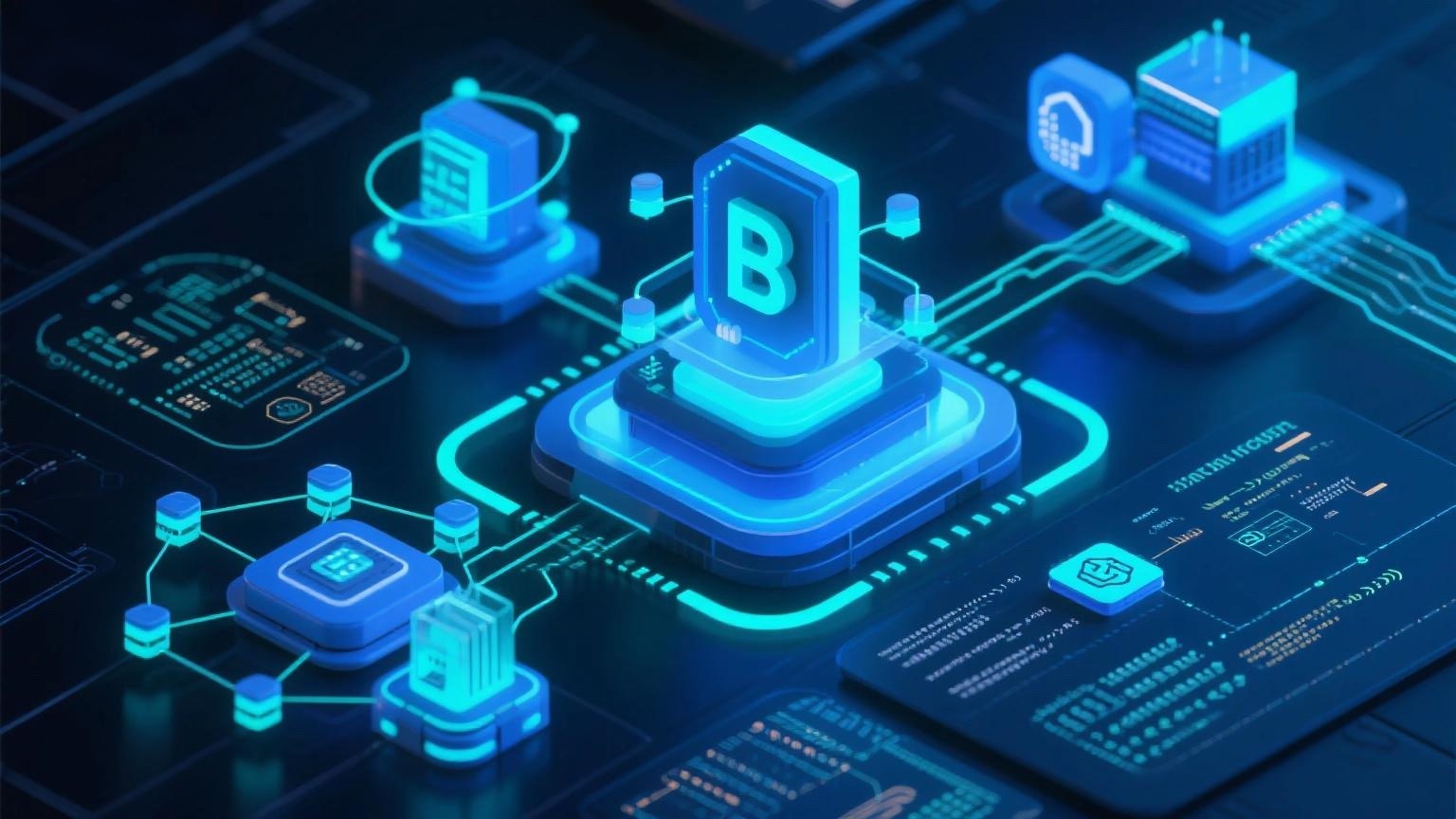
Web3 is an interface that allows developers to interact with blockchain networks. It provides the interface between the underlying blockchain and the applications running on it. It consists of multiple components that allow developers to interact with the blockchain in a secure and reliable manner.
The first component of Web3 is the blockchain itself. This is the underlying technology that powers the blockchain and is responsible for the secure transfer of data and value. It is a decentralized ledger that stores data and records all transactions occurring on the network.
The second component of Web3 is the smart contract. This is a set of rules governing how data is stored and transferred on the blockchain. It is an automated contract written in a specific programming language (such as Solidity or Vyper) used to facilitate the transfer of value and data between two or more parties.
The third component of Web3 is the decentralized application (DApp). This is a program running on the blockchain designed to perform specific tasks. DApps can be used to create tokens, store data, or establish decentralized marketplaces. They are written in specific programming languages and secured by the blockchain.
Finally, the fourth component of Web3 is the network. This is the network of computers and nodes responsible for maintaining the blockchain. They are tasked with verifying transactions and validating data sent across the network.
These four components of Web3 interact with each other, enabling developers to create and interact with blockchains. They provide developers with the tools and infrastructure to build applications and interact with blockchains in a secure and reliable manner.
















